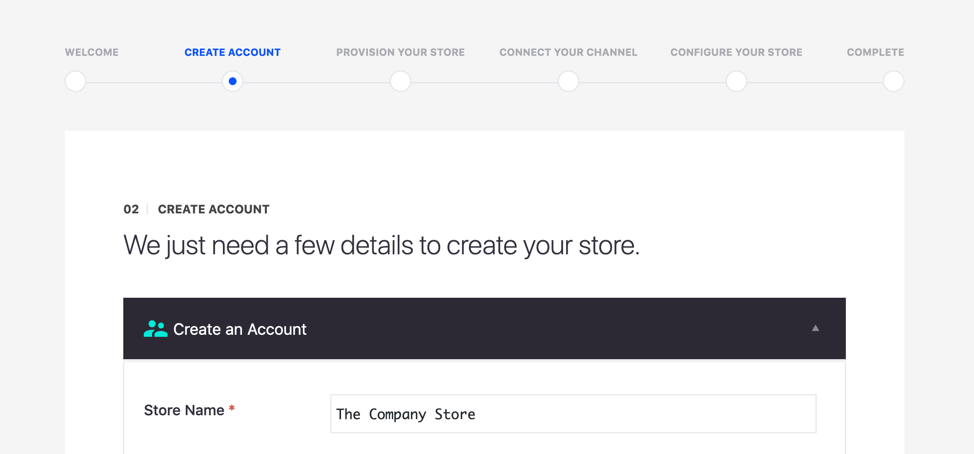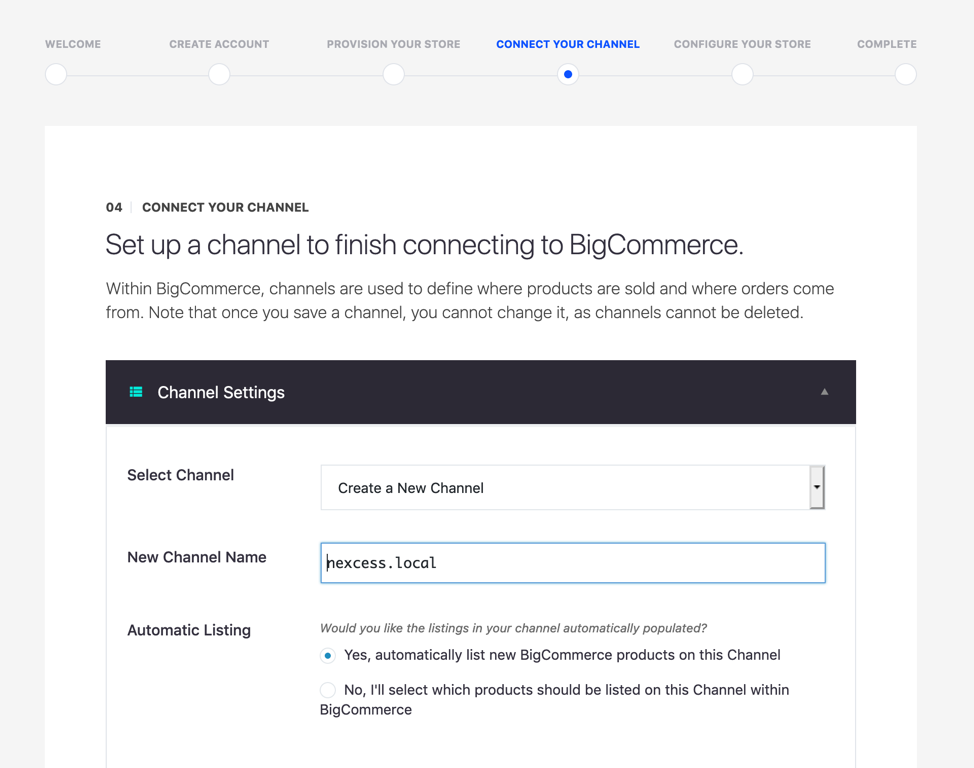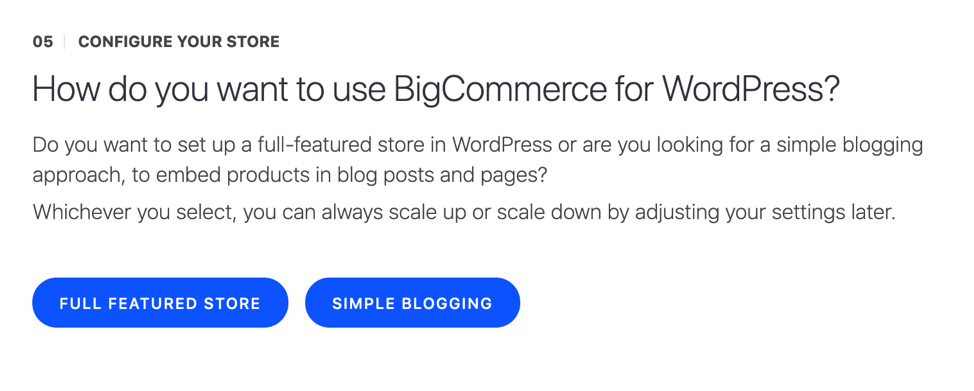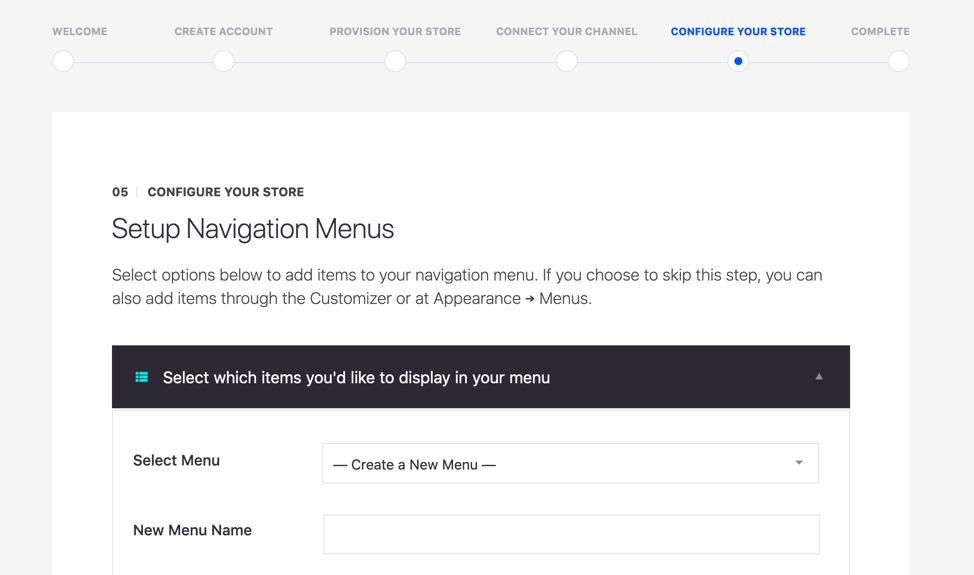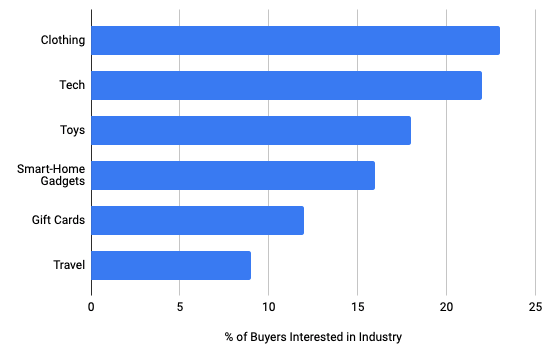The Best BigCommerce for WordPress Themes Out There Right Now
You may have heard of BigCommerce the SaaS platform. An ecommerce platform that has gained popularity in recent years. But forget about the SaaS platform for a second, because what we’re talking about here is BigCommerce for WordPress (BC4WP): a headless ecommerce solution that lets merchants get started quickly by uploading products, setting prices, and finding the perfect BigCommerce for WordPress theme.
BigCommerce for WordPress works with any modern WordPress theme. This is because it was engineered in accordance with WordPress development guidelines. As a result, it’s straightforward for WordPress developers to build custom themes or to use one of the thousands of pre-built premium and free themes available for WordPress. The trick is finding one that lets you visualize the right ecommerce components in the best way possible.
We’d like to highlight some of the more flexible and user-friendly WordPress themes compatible with BigCommerce. Each of these themes is an ideal choice for an online retailer getting started with BigCommerce and WordPress on our BigCommerce for WordPress hosting platform.
What Is BigCommerce for WordPress?
BigCommerce is a headless cloud ecommerce platform that provides inventory management, a shopping cart, a PCI-compliant shopping cart, and built-in analytics.
As a headless ecommerce platform, BigCommerce handles the heavy lifting of online retail but relies on a front-end application to provide the store’s interface. As a result, the BigCommerce for WordPress plugin transforms WordPress into a BigCommerce front-end.
BigCommerce for WordPress offers the best of both ecommerce and content worlds. But to make the most of that, you’ll need the right theme.
WordPress is known for its capable content management features. So the combination of both applications means that merchants are able to make the most of ecommerce and content functionality; creating both an incredible storefront and an incredible content marketing platform.
However, to truly make the most of these features, you’ll need a WordPress theme that’s compatible with BigCommerce and provides an attractive platform for content delivery.
How to Choose a Good BigCommerce Theme
Choosing the right BigCommerce theme for your WordPress frontend can mean browsing through thousands of different options to narrow down the right one. Luckily, we’ve assembled a list of the four best themes available.
Previously, we talked about WordPress themes and what makes any specific one better than another. Yet those themes were more aimed at content sites and didn’t provide a user experience optimized for product delivery.
When it comes to choosing the right theme for a BC4WP site, there are five main areas you should consider. That way, you’ll end up with a site that delivers results for both ecommerce and content.
Navigation
The most important factor you’ll want to keep an eye on is navigation. More specifically, how easy it is to find the right product.
Firstly, take a look at the menu. Is it prominent on the site? Does it come with accessibility features? Would you like using it to navigate around a site?
Bad navigation instantly turns customers away; or forces them to leave after they can’t find what they’re looking for. Remember, ecommerce navigation isn’t just about the nav, it’s also about paying attention to ecommerce SEO and categories. Categories make finding and navigating a site easier.
Beyond that, search is also vital. 70% of people rely on ecommerce product search, and searchers are 200% more likely to make a purchase than a browser.
When choosing a theme, it’s important to pay attention to the placement and clarity of the search experience. We’ve seen themes that don’t make it clear and this can have hard-hitting effects on conversion rates.
Loading Time
Your next key focus should be loading time. More specifically, how long does it take for assets and code to allow a user to browse content on a site?
A 1-second delay in page load time can lead to a 7% decrease in sales. So even the slightest delay as a result of load time can mean fewer sales.
What this means is making sure that time to interactivity is as quick as possible. Some theme developers talk about time to first byte (TTFB). We question this, and think it’s more important to look at time to interactivity (a measure of how long before a user can actually engage with a page).
There are a number of tools available to site owners for testing page speed. Tools like GTmetrix are a good start. You can even test site speed with tools built into your browser, like Lighthouse.
If you’ve tried everything and you site is still slow, then it’s worth reaching out to your hosting provider to see if there are any configuration problems.
In some cases, your site may be slow as a result of your hosting provider. If you’ve tried optimizing code, cutting down on plugins and trying these speed optimization trends, and your site is still slow, then it’s a good idea to contact your provider and their support team to see if there is a problem with your server.
Responsiveness
If you’re not offering a mobile responsive website yet, then you’re doing it wrong. Not only because it means you’re probably offering a terrible user experience, but also because it means you’re SEO is suffering.
Remember, Google now indexes sites based on a mobile-first policy. According to Google, that began July 1st, 2019. This means that all sites now not only have to offer a mobile version, but also provides an excellent user experience for those using it.
This ripples out into several different areas of site development; from UX to code, and more.
BigCommerce for WordPress is a headless application, so there’s no reason you shouldn’t be offering a mobile-optimized frontend. Being headless, BC4WP means you have complete control over the front-end. So take a look at the competition and make sure your site design isn’t out of date.
Security
Bad themes are an easy goldmine for hackers looking to exploit vulnerabilities. Whether it’s bad coding practices, something missed by accident, or just simple laziness, a theme with security vulnerabilities can mean the end of your online store.
Yes, theme vulnerabilities are not as frequent as plugin or core vulnerabilities. But they still make up a sizeable amount in terms of numbers. And all it takes is one exploited vulnerability for you to find your store quickly losing the business and trust of your customers.
Sticking to official and officially supported themes means you’re picking a theme that complies to WordPress coding standards and is a lot safer.
Try sticking to themes that are either available in the official WordPress theme bank, or that have official support from BigCommerce. Stay away from anything you have to download and install manually.
If you’ve already decided on a theme and want to know how secure it is, we recommend taking a look at the WPScan Vulnerability Database. Here, you’ll be able to see a list of vulnerabilities identified from not just themes, but also plugins, and core.
Code
Code links into pretty much everything we’ve just said. Bad theme coding means problems with design, security, and the user experience.
For most non-technical merchants, you’re probably not able to check the code for yourself. So just like with themes, the best option is to take a look at the creator of the theme. If it’s a trusted source, chances are they have followed coding standards. Remember, any themes available through the WordPress theme bank have been checked to make sure they match up to the WordPress theme standards.
If you really want to check the theme code for yourself, there are tools available to help. These will generally help you see if the theme will cause problems in terms of user experience or security.
Four BigCommerce for WordPress Themes We Recommend
Divi, by Elegant Themes, is one of the most popular premium WordPress themes on the market. Divi is billed as a “website building platform” rather than simply a theme. The highlight feature is a powerful page builder that allows WordPress users to visually construct pages from the wide selection of elements that are built into the theme.
A true drag-and-drop solution, Divi incorporates over 40 different page elements, including sliders, galleries, and forms. Divi can be used to create any type of site, but it includes several features aimed at ecommerce retailers, including pricing tables.
WordPress users who buy a Divi license also gain access to over 100 layout packs, including ecommerce designs with page layouts, images, and graphics.
Make is a free theme that aims to make it simple to build an attractive WordPress site. It has fewer features than all-in-one plugins like Divi, but that’s deliberate, and it has made Make a favorite of WordPress users who have downloaded the theme more than a million times.
The free version of Make includes a page layout engine with several built-in layouts. Make integrates well with the Customizer, providing over a hundred settings that can be visually tweaked.
For users who need access to advanced features, the Make Plus premium tier includes additional ecommerce features and advanced layout options.
Shapely is an elegant one-page theme suitable for simple stores with a handful of products. Unlike the other themes we’ve looked at, Shapely is intended for store owners who want to choose a pixel-perfect design and stick with it. It doesn’t include a heavy page-builder, but there are plenty of Customizer options to bring the theme in-line with a store’s branding.
We’ll conclude our theme round-up with Generate Press, a free, lightweight theme that loads less than 30KB of assets on a default WordPress installation. It’s a simple, elegant theme that makes it easy to build a beautiful ecommerce front-end without loading product pages down with superfluous JavaScript.
We have looked at just four of the thousands of WordPress themes that are compatible with BigCommerce for WordPress. To learn more about BigCommerce for WordPress, check out “Introduction to BigCommerce for WordPress, Important Concepts” by BigCommerce WordPress Evangelist Topher DeRosia.
With more than half a decade of experience in the tech industry, Robert has worked as a marketing consultant, product strategist, and content developer. At Hostdedi, he spends his time helping clients find the best hosting solution for their needs through online content and as a brand ambassador.






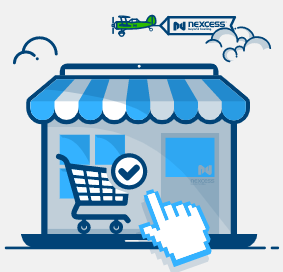

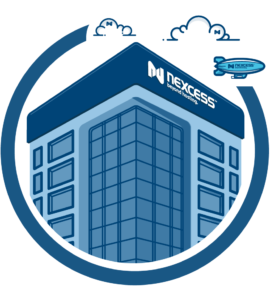 If you care enough about PCI compliance to read this article, then you’re on the right track. Following are nine common mistakes for merchants undergoing audit, though your experience may vary according to your business needs and PCI compliance level.
If you care enough about PCI compliance to read this article, then you’re on the right track. Following are nine common mistakes for merchants undergoing audit, though your experience may vary according to your business needs and PCI compliance level. 




 In ecommerce, PCI is shorthand for Payment Card Industry Data Security Standards (PCI DSS). Created in 2004, PCI DSS aim to help protect consumers and prevent credit card fraud. It is required for any organization that receives, processes, or stores credit card data of any of the five members of the
In ecommerce, PCI is shorthand for Payment Card Industry Data Security Standards (PCI DSS). Created in 2004, PCI DSS aim to help protect consumers and prevent credit card fraud. It is required for any organization that receives, processes, or stores credit card data of any of the five members of the  It is virtually impossible for the typical merchant to be PCI compliant without enlisting the services of a compliant hosting provider. Merchants that host their own websites must meet hosting provider requirements in addition to meeting those for merchants. Such a model works for massive enterprises like Amazon and WalMart, but few others.
It is virtually impossible for the typical merchant to be PCI compliant without enlisting the services of a compliant hosting provider. Merchants that host their own websites must meet hosting provider requirements in addition to meeting those for merchants. Such a model works for massive enterprises like Amazon and WalMart, but few others. 


